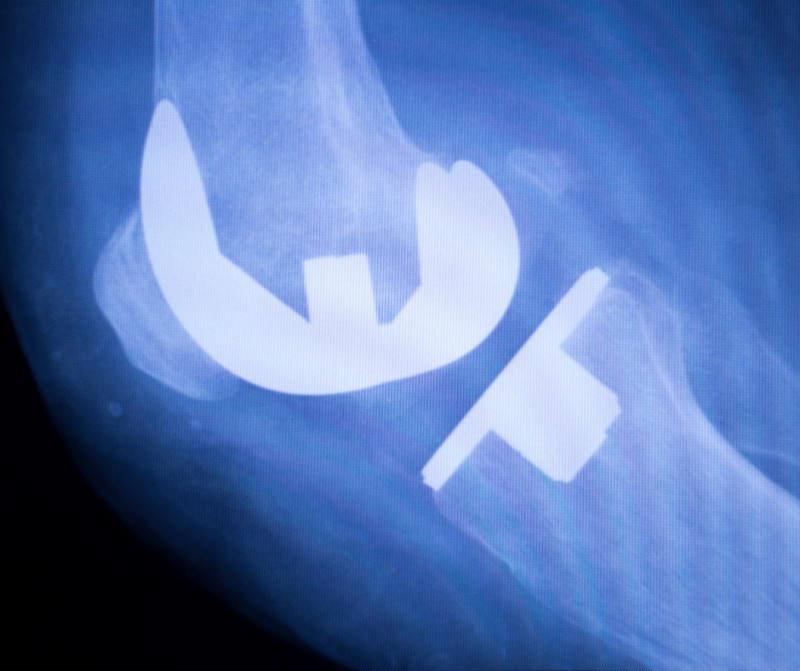As mentioned in our Classification and Grouping Ultimate Guide for Colombia, there are a series of rules to consider when classifying and grouping medical devices. The above-mentioned rules are fully explained in the decree 4725 of 2005 by INVIMA.
In this article, we will focus on explaining strategies to classify and group orthopedic implants following simple general rules and some particularities that can be found in these types of devices according to our everyday experience.
General characteristics of Orthopedic Implants
Most orthopedic implants are sold with the surgical instruments necessary for their placement. These devices are packed in stainless steel boxes including non-sterile implants and instruments to be autoclaved. However, there are cases in which the instruments or implants are sterilized from origin by the manufacturer.
On the other hand, any company could have a single kit of surgical instruments to be used with several commercial brands of orthopedic implants. In Colombia, this situation has regulatory implications to be explained in the following sections.
Classification according to the level of risk
Orthopedic implants by their nature are classified as implantable medical devices and, according to the duration of contact with the body and their level of risk, are generally classified as Class IIb based on Rule 8.
It is worth mentioning that orthopedic implants are considered as controlled technology biomedical equipment, which will be subject to a more complex document review process according to decree 4725 of 2005 INVIMA.
On the other hand, instruments used to place these implants are considered reusable surgical instruments and can be classified as class I. These instruments are generally intended for surgical purposes to cut, drill, close, scarify, scrape, clamp, retract, trim or other similar procedures, without being connected to any active medical device and that can be used again after all relevant procedures.
Grouping
Even though instruments to place the orthopedic implants are considered class I, when they came with the orthopedic implant (as a complementary tool), INVIMA considers them as part of the orthopedic implant, so it is possible to group them in a single sanitary registration. This is applicable in the meantime the instruments are intended to be used with those implants.
In addition, in case there a different types of implants (different intended use, material, technology and/or manufacturer), such products must be registered in separate registrations. In other words, you can group implants in the meantime they share the same intended use, material, technology and manufacturer.
Thanks for reading this article, if you have any question about this topic, feel free to contact us at contact@veraqueconsulting.com or check our guidelines.

